Home>Garden Essentials>How To Dormant Seed A Lawn


Garden Essentials
How To Dormant Seed A Lawn
Modified: March 15, 2024
Learn how to dormant seed your lawn and revive your garden during the winter months. Step-by-step guide for a lush and vibrant lawn.
(Many of the links in this article redirect to a specific reviewed product. Your purchase of these products through affiliate links helps to generate commission for Storables.com, at no extra cost. Learn more)
“
Introduction
Welcome to the world of dormant seeding! If you’re looking to revive your lawn and create a lush green oasis, dormant seeding may be the answer you’ve been searching for. Dormant seeding is a technique that involves sowing grass seeds during the dormant period of your lawn, typically in late fall or early winter when the soil temperature is consistently cool. This method takes advantage of the dormant grass’s natural dormancy and allows the seeds to establish themselves before the onset of spring.
So why should you consider dormant seeding? The benefits are numerous. Firstly, dormant seeding gives you a head start on lawn establishment. By sowing seeds during the dormant period, you can ensure that your lawn is ready to thrive when warmer temperatures come around. Additionally, dormant seeding helps to minimize weed competition. When you dormant seed, you’re effectively crowding out potential weed growth, leading to a healthier and more weed-resistant lawn in the long run.
Another advantage of dormant seeding is that it allows for more uniform grass growth. By distributing the seeds evenly across your lawn during the dormant period, you can achieve a more consistent and even lawn coverage, resulting in a visually pleasing appearance. Additionally, dormant seeding is a cost-effective method. Since the soil is typically dormant during the winter months, it requires less water and maintenance, ultimately saving you time and money.
Now that you understand the benefits of dormant seeding, let’s explore how to choose the right time for dormant seeding. Timing is crucial when it comes to successful dormant seeding. You want to aim for a time when the soil temperature has dropped below 50°F (10°C) consistently. This typically occurs in late fall or early winter, depending on your geographical location.
But before you start sowing seeds, it’s important to prepare your lawn for dormant seeding. Start by mowing the existing grass short, around 1-2 inches (2.5-5 cm) in height, to remove any build-up of thatch or debris. This will allow the seeds to make direct contact with the soil. It’s also a good idea to aerate your lawn to loosen compacted soil and improve seed-to-soil contact. Finally, give your lawn a thorough raking to remove any dead grass, leaves or other obstructions that may hinder the seed’s germination.
”
Now that you know the importance of timing and preparation, let’s move on to selecting the proper grass seed for your dormant seeding project. The right seed choice will depend on various factors such as climate, soil type, and usage. Be sure to choose a seed blend that is well-suited to your region’s climate and conditions. You may want to consult a local garden center or lawn care professional for expert advice on the best seed options for your specific area.
Key Takeaways:
- Dormant seeding in late fall or early winter can jumpstart a healthy lawn, reducing weed competition and conserving water. Proper timing, preparation, and care are essential for success.
- Choosing the right grass seed for your region’s climate and soil type is crucial for a thriving lawn. Avoid common mistakes like over or under-seeding, and consult local experts for personalized guidance.
Read more: How To Seed Lawn
Benefits of Dormant Seeding
Dormant seeding offers several advantages that can help you achieve a healthy and vibrant lawn. Here are some of the key benefits:
- Early establishment: Dormant seeding allows you to get a head start on lawn establishment. By sowing seeds during the dormant period, the grass has ample time to germinate and establish roots before the arrival of spring. This early establishment can lead to a thicker and more resilient lawn.
- Weed suppression: One of the significant benefits of dormant seeding is that it helps suppress weed growth. When you dormant seed, you effectively fill in the bare areas of your lawn, leaving little space for weeds to take hold. This can reduce the need for chemical weed control and make your lawn more resilient to weed invasion in the long run.
- Uniform coverage: Dormant seeding promotes more uniform grass coverage. By sowing the seeds evenly across your lawn during the dormant period, you can achieve a more consistent and visually appealing lawn. This makes dormant seeding an excellent choice if you have patchy areas or bare spots in your yard.
- Water conservation: As dormant seeding takes place during the cooler months, it requires less water compared to seeding in the spring or summer. With reduced evaporation rates, the seeds have a better chance of germinating and establishing roots without excessive water needs. This not only conserves water but also saves you time and effort in irrigation.
- Cost-effective: Dormant seeding can be a cost-effective method of lawn establishment. Since the grass is dormant during the winter months, it requires minimal maintenance, including watering and mowing. This can lead to savings in terms of water bills and lawn care expenses.
By taking advantage of the benefits of dormant seeding, you can give your lawn a head start, reduce weed competition, and achieve a more uniform and cost-effective lawn. However, it’s important to note that dormant seeding may not be suitable for all grass types or regions. It’s always recommended to consult with local experts or professionals to ensure the best approach for your specific lawn care needs.
Choosing the Right Time for Dormant Seeding
Timing is crucial when it comes to dormant seeding. It’s important to choose the right time to maximize the chances of successful seed germination and lawn establishment. Generally, dormant seeding should be done in late fall or early winter when the soil temperatures consistently drop below 50°F (10°C).
The cool temperatures during the dormant period help to prevent the seeds from germinating prematurely. By sowing the seeds when the soil is cooler, you give them time to settle into the soil and establish roots without the risk of sprouting before it’s time.
However, it’s essential to keep in mind that the ideal timing for dormant seeding may vary depending on your geographical location and climate. Some areas may experience an earlier or extended dormant period, while others may have a shorter window for optimal dormant seeding.
To determine the right time for dormant seeding, you can monitor the soil temperature using a soil thermometer. Measure the soil temperature consistently over a few weeks to ensure that it remains below the recommended threshold. You can also consult with local experts or extension services who can provide guidance specific to your region’s climate and conditions.
Another factor to consider when choosing the right time for dormant seeding is the precipitation and weather conditions in your area. You want to avoid sowing seeds just before a heavy rain or snowfall, as this can wash away the seeds or bury them too deeply. It’s best to plan your dormant seeding when there is a period of dry weather expected, allowing the seeds to settle on the soil surface and make direct contact with the soil.
By selecting the optimal timing for dormant seeding, you give your seeds the best chance to germinate and establish healthy roots before the arrival of spring. This ensures that your lawn is ready to thrive and show its full potential when warmer temperatures and growing conditions return.
Remember to adjust your timing as needed based on your specific location and climate. Consulting with local experts or professionals can provide invaluable guidance in determining the ideal time for dormant seeding in your area.
Preparing the Lawn for Dormant Seeding
Before you start dormant seeding your lawn, it’s crucial to prepare it properly to ensure the best chances of successful seed germination and establishment. Proper preparation creates an ideal environment for the grass seeds to take root and thrive. Here are some steps to follow when preparing your lawn for dormant seeding:
- Mow the existing grass: Start by mowing your lawn to a height of 1-2 inches (2.5-5 cm). This will remove any excessive growth, thatch, or debris, allowing the grass seeds to make direct contact with the soil. Be sure not to scalp the lawn by cutting the grass too short, as this can stress the turf.
- Aerate the soil: Aerating your lawn is essential to break up compacted soil and improve seed-to-soil contact. Use a core aerator to remove small plugs of soil from the ground, creating channels for the grass seeds to penetrate. This helps to enhance oxygen and nutrient exchange, as well as water absorption into the soil.
- Rake the lawn: After aerating, give your lawn a thorough raking to remove any dead grass, leaves, or other debris that may hinder the seed germination process. Raking also helps to loosen the top layer of soil, allowing the grass seeds to settle in and make firm contact with the soil surface.
- Level any uneven areas: Take the time to level any uneven areas in your lawn using a lawn roller or a leveling rake. This will ensure a smooth and consistent surface for the grass seeds to establish themselves evenly, preventing patchy or uneven growth.
- Address soil pH and nutrient levels: It’s a good idea to test your soil’s pH and nutrient levels before dormant seeding. Grass typically prefers a slightly acidic pH level between 6 and 7 for optimal growth. If your soil pH is too high or too low, you may need to amend it with lime or sulfur accordingly. Balancing nutrient levels with the help of a soil test can also provide essential nutrients to support seed germination and overall lawn health.
By following these steps to prepare your lawn for dormant seeding, you create an ideal environment for the grass seeds to establish themselves successfully. Proper preparation ensures that the seeds have direct contact with the soil, ample oxygen, and access to the necessary nutrients for healthy growth. Remember to adjust these steps based on the specific needs of your lawn and consult with local experts or professionals for personalized guidance.
Selecting the Proper Grass Seed
Choosing the right grass seed is a critical step in the dormant seeding process. The proper selection of grass seed ensures that your lawn will thrive and be well-suited to your specific climate, soil type, and usage. Here are some factors to consider when selecting the proper grass seed for dormant seeding:
- Climate: Start by considering your region’s climate. Different grass varieties thrive in specific climate conditions. Cool-season grasses, such as Kentucky bluegrass, tall fescue, and perennial ryegrass, are commonly used in regions with colder winters and moderate summers. Warm-season grasses, such as Bermuda grass, Zoysia grass, and St. Augustine grass, perform better in areas with hotter summers and milder winters. Determine the type of grass that is most suitable for your climate to ensure successful growth.
- Soil type: Take into account the type of soil in your lawn. Some grasses adapt better to sandy soils, while others thrive in clay soils or loamy soils. Understanding your soil type helps you choose a grass seed variety that will perform well in your specific soil conditions.
- Lawn usage: Consider how your lawn will be used. Different grasses have different tolerances for foot traffic, pet activity, and play. If you have children or pets who frequently use the lawn, choose grass varieties that are known for their durability and ability to withstand heavy use.
- Shade tolerance: Assess the amount of shade in your lawn. Some grasses are more shade-tolerant than others. If you have areas with limited sunlight, opt for shade-tolerant grass seed varieties that will thrive under these conditions.
- Blend or single variety: Decide whether you want to use a blend of grass seed varieties or a single variety. A blend often combines multiple grass types to provide a diverse and resilient lawn. Single varieties can be advantageous if you have specific preferences or requirements for your lawn.
- Quality of seed: Choose high-quality grass seed from reputable sources. Look for seed labeled with high purity and germination rates. It’s worth investing in quality seed to ensure better establishment and long-term success of your lawn.
It’s recommended to consult with local garden centers, lawn care professionals, or extension services in your area for expert advice on the best grass seed varieties for your specific region and needs. They can provide valuable insights into which grass varieties are most suitable for your climate, soil type, and usage patterns.
By considering these factors and selecting the proper grass seed for dormant seeding, you can establish a healthy and thriving lawn that is well-suited to your specific conditions. Making an informed choice in grass seed selection sets the foundation for a beautiful and resilient lawn.
Water the area thoroughly before spreading the dormant seeds to ensure good seed-to-soil contact. This will help the seeds germinate and establish a healthy lawn when the conditions are right.
Read more: How To Hydro Seed A Lawn
Applying the Grass Seed
Once you have selected the proper grass seed for your dormant seeding project, it’s time to apply the seeds to your lawn. Proper application ensures even distribution and optimal seed-to-soil contact for successful germination and establishment. Here are the steps to follow when applying the grass seed:
- Calculate the seed amount: Determine the amount of grass seed required by following the recommended seeding rate provided by the seed manufacturer. The seeding rate typically depends on the grass species and the condition of your lawn. Measure the area of your lawn in square feet and multiply it by the recommended seeding rate to determine the total amount of seed needed.
- Divide the seed: Divide the total amount of seed into two equal portions. This will allow for a more consistent and even distribution of seed across the lawn. You can use measuring cups or scales to achieve accurate division.
- Use a spreader: To ensure even distribution, use a seed spreader or a handheld spreader. These tools help to distribute the seeds uniformly and prevent clumping. Adjust the spreader settings according to the recommended rate provided by the seed manufacturer and walk at a steady pace to ensure consistent coverage.
- Apply in two directions: To achieve the most thorough coverage, apply the first portion of seed in one direction, such as north to south, and the second portion in a perpendicular direction, such as east to west. This crisscross pattern helps to ensure that no areas are missed and promotes even distribution.
- Seed bare spots: Pay extra attention to any bare or thin areas in your lawn. Apply a slightly higher amount of seed in these areas to promote better coverage and faster establishment. Gently rake the topsoil after seeding to improve seed-to-soil contact in these spots.
- Water the lawn: After seeding, water your lawn thoroughly. This helps to settle the seeds into the soil and promote germination. Use a gentle spray or mist setting to avoid displacing the seeds. Water the lawn regularly to keep the top layer of soil consistently moist until the seeds have germinated and established.
It’s important to note that while dormant seeding requires less water compared to other seeding methods, proper moisture is still crucial for successful germination. Additionally, be mindful of any local watering restrictions or guidelines that apply to dormant seeding in your area.
By following these steps and applying the grass seed properly, you can promote even distribution and optimal seed-to-soil contact. This sets the stage for successful germination and establishment of your new lawn.
Caring for Dormant Seeded Lawns
After you have completed the process of dormant seeding, it’s crucial to provide proper care to ensure the success of the newly seeded lawn. While dormant seeded lawns require less maintenance compared to those seeded in the active growth season, they still require attention and care. Here are some essential tips for caring for dormant seeded lawns:
- Watering: Although dormant seeded lawns require less water than actively growing lawns, it’s important to keep the top layer of soil consistently moist. Water the lawn lightly but regularly, aiming to keep the soil damp but not saturated. Watering in the early morning or late afternoon is best to minimize evaporation.
- Mowing: As the new seedlings begin to emerge and grow, it’s important to adjust your mowing height. Raise the mower blades to a higher setting to avoid cutting the new grass too short, which can stress the plants. Gradually lower the mowing height over time as the grass becomes more established.
- Minimize foot traffic: Limit foot traffic on the newly seeded area, especially when the grass is still young and fragile. Excessive foot traffic can damage the delicate seedlings and hinder their growth and establishment. Consider marking off the area or creating temporary pathways to divert traffic away from the newly seeded lawn.
- Weed control: Keeping weed growth in check is crucial for the health and appearance of your dormant seeded lawn. While dormant seeding helps to suppress weed growth, some weeds may still emerge. Use hand pulling or spot treatments with a selective herbicide to control any weeds that appear, making sure to follow the herbicide’s instructions carefully.
- Overseeding: Depending on the condition of your lawn, overseeding may be necessary to further improve its density and appearance. Overseeding involves sowing additional grass seed over the existing lawn to fill in any thin or bare areas. It’s typically done in the spring or fall, when weather conditions are favorable for seed germination.
- Fertilization: Proper fertilization is essential for the long-term health and vigor of your dormant seeded lawn. However, it’s best to hold off on fertilizing until the grass has fully established roots, typically six to eight weeks after germination. Choose a quality slow-release fertilizer and apply it according to the manufacturer’s instructions.
- Regular maintenance: As your dormant seeded lawn begins to grow and establish, it’s important to continue regular maintenance practices such as regular mowing, watering, and occasional trimming. Regular maintenance helps to promote a healthy and attractive lawn, ensuring optimal growth and longevity.
By following these care tips, you can promote the healthy establishment and growth of your dormant seeded lawn. Remember that patience is key, as it may take several weeks for the grass to germinate and fill in. With proper care and attention, your dormant seeded lawn will thrive and transform into a beautiful, lush, and vibrant landscape.
Common Mistakes to Avoid
Dormant seeding can be a highly effective method for establishing a healthy and vibrant lawn. However, to ensure success, it’s important to be aware of common mistakes that can hinder the growth and establishment of your dormant seeded lawn. Here are some common mistakes to avoid:
- Skipping soil preparation: Proper soil preparation is crucial for the success of dormant seeding. Skipping steps such as mowing the existing grass, aerating the soil, or removing debris can prevent the seeds from making direct contact with the soil and hinder germination.
- Applying too much or too little seed: Incorrect seed application can lead to uneven coverage and poor germination. Applying too much seed can cause overcrowding and competition among seedlings, while applying too little can result in patchy or thin areas. Follow the recommended seeding rate provided by the seed manufacturer for proper coverage.
- Not choosing the right seed for your region: Different grass varieties thrive in different climate conditions. Not selecting the appropriate grass seed for your specific region’s climate can lead to poor germination and a lawn that struggles to thrive.
- Watering too much or too little: Proper watering is crucial during the dormant seeding process. Overwatering can lead to waterlogged soil and fungal diseases, while under watering can result in poor germination and weak seedling growth. Maintain consistent moisture in the top layer of soil, aiming for damp but not saturated conditions.
- Ignoring weed control: Weeds can quickly take over a newly seeded lawn and compete with the grass seedlings for resources. Ignoring weed control measures can result in a weak and sparse lawn. Stay vigilant and address any weed growth promptly through hand pulling or spot treatments using appropriate herbicides.
- Not adjusting mowing height: The new grass seedlings need to establish their roots before being subjected to regular mowing. Not adjusting the mowing height accordingly can stress or damage the young plants. Raise the mower blades to a higher setting and gradually lower them as the grass becomes more established.
- Overusing or misusing fertilizers: Fertilizers play a vital role in the health and growth of a lawn. However, overusing or misusing fertilizers can lead to chemical burn, excessive growth, or nutrient imbalances. Follow the recommended application rates and timing provided by the fertilizer manufacturer and consider soil testing for accurate nutrient requirements.
- Not adjusting care practices: Dormant seeded lawns have specific care needs. Neglecting to adjust watering, mowing, and maintenance practices accordingly can stress or inhibit the growth of the new grass seedlings. Stay informed about the specific care requirements for your dormant seeded lawn.
By avoiding these common mistakes, you can increase the chances of successfully establishing a healthy and lush dormant seeded lawn. Remember to be patient and consistent with the care you provide, and consult with local experts or professionals for personalized guidance and advice.
Conclusion
Dormant seeding offers a valuable opportunity to jumpstart the establishment of a healthy and vibrant lawn. By sowing grass seeds during the dormant period, you can take advantage of optimal soil conditions and minimize weed competition. The benefits of dormant seeding include early establishment, uniform coverage, cost-effectiveness, and water conservation.
To ensure success with dormant seeding, it’s essential to choose the right time for seeding, prepare the lawn properly, select the appropriate grass seed, apply it correctly, and provide proper care and maintenance. Avoiding common mistakes such as skipping soil preparation, over or under-seeding, ignoring weed control, and not adjusting care practices is crucial for achieving the desired results.
Remember to consult with local experts or professionals for tailored advice based on your specific region and lawn conditions. They can provide valuable insights into the best grass seed varieties, timing, and care practices for your area.
By following the proper steps and providing the necessary care, you can look forward to a healthy and vibrant lawn that will be the envy of your neighbors. Enjoy the process of watching your dormant seeded lawn transform into a lush carpet of green as spring arrives, and take pride in the hard work and dedication you put into achieving a beautiful outdoor space.
Now it’s time to roll up your sleeves, gather your supplies, and embark on the exciting journey of dormant seeding. Get ready to witness the transformation of your lawn and create a welcoming and inviting outdoor oasis for years to come!
Frequently Asked Questions about How To Dormant Seed A Lawn
Was this page helpful?
At Storables.com, we guarantee accurate and reliable information. Our content, validated by Expert Board Contributors, is crafted following stringent Editorial Policies. We're committed to providing you with well-researched, expert-backed insights for all your informational needs.
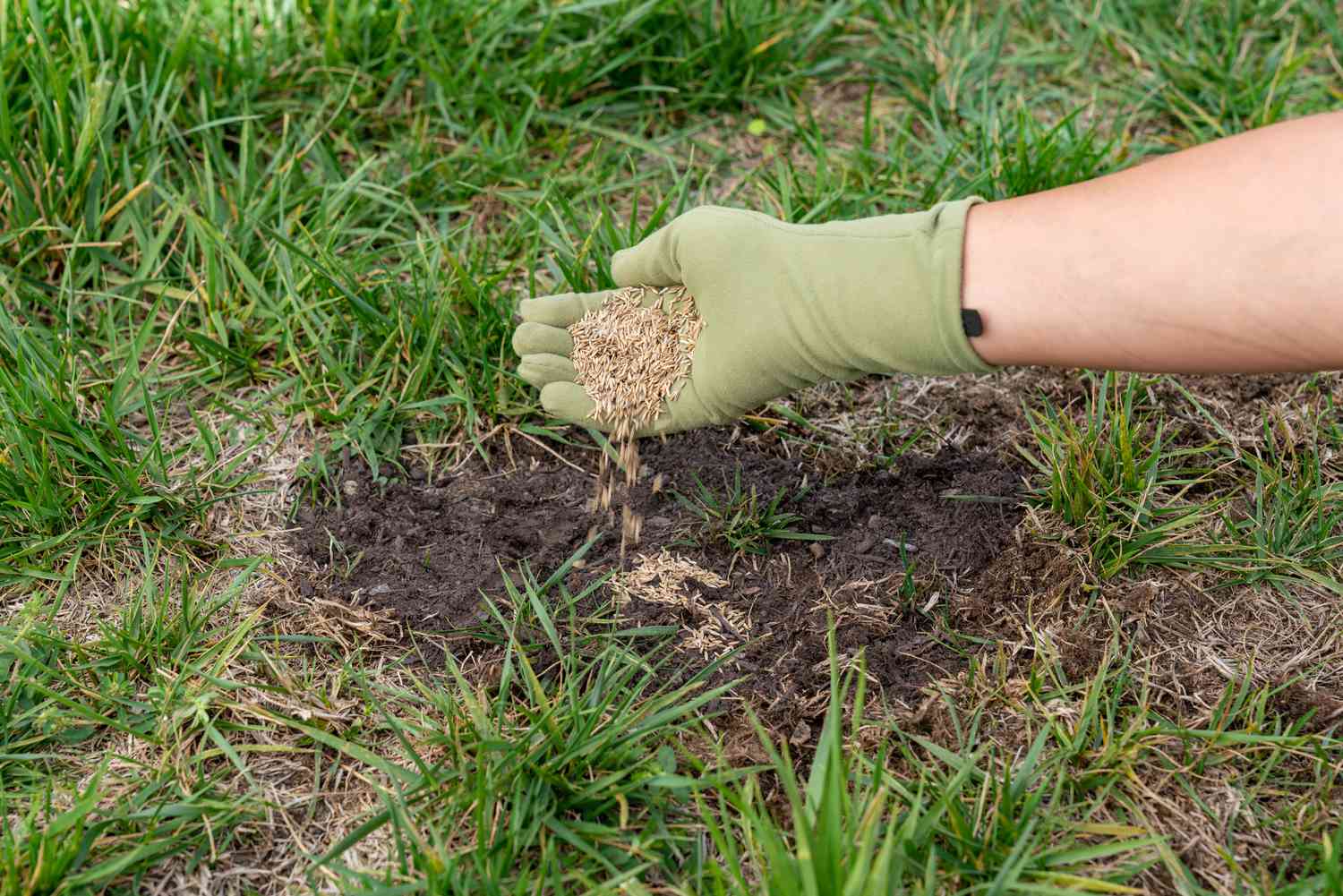

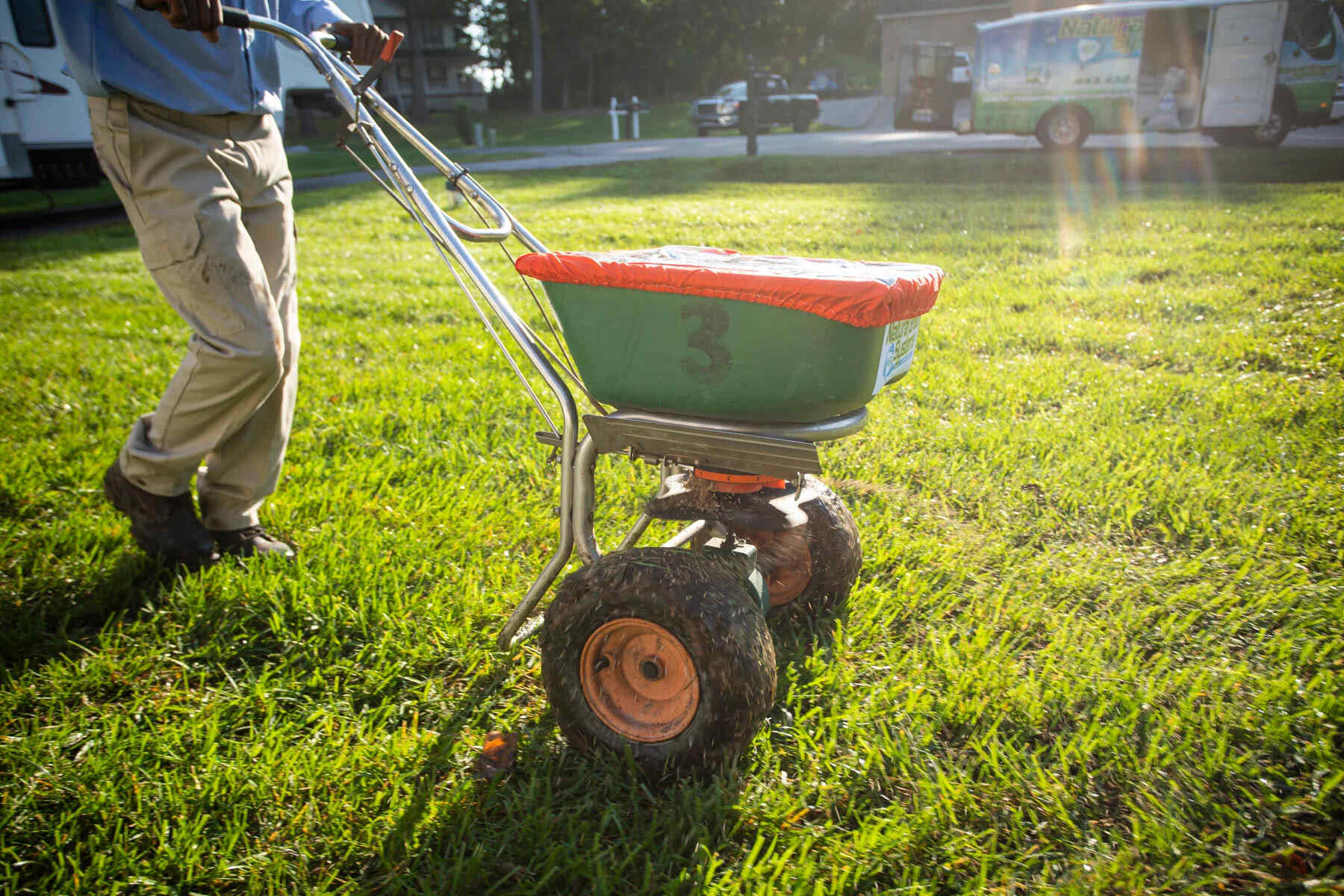
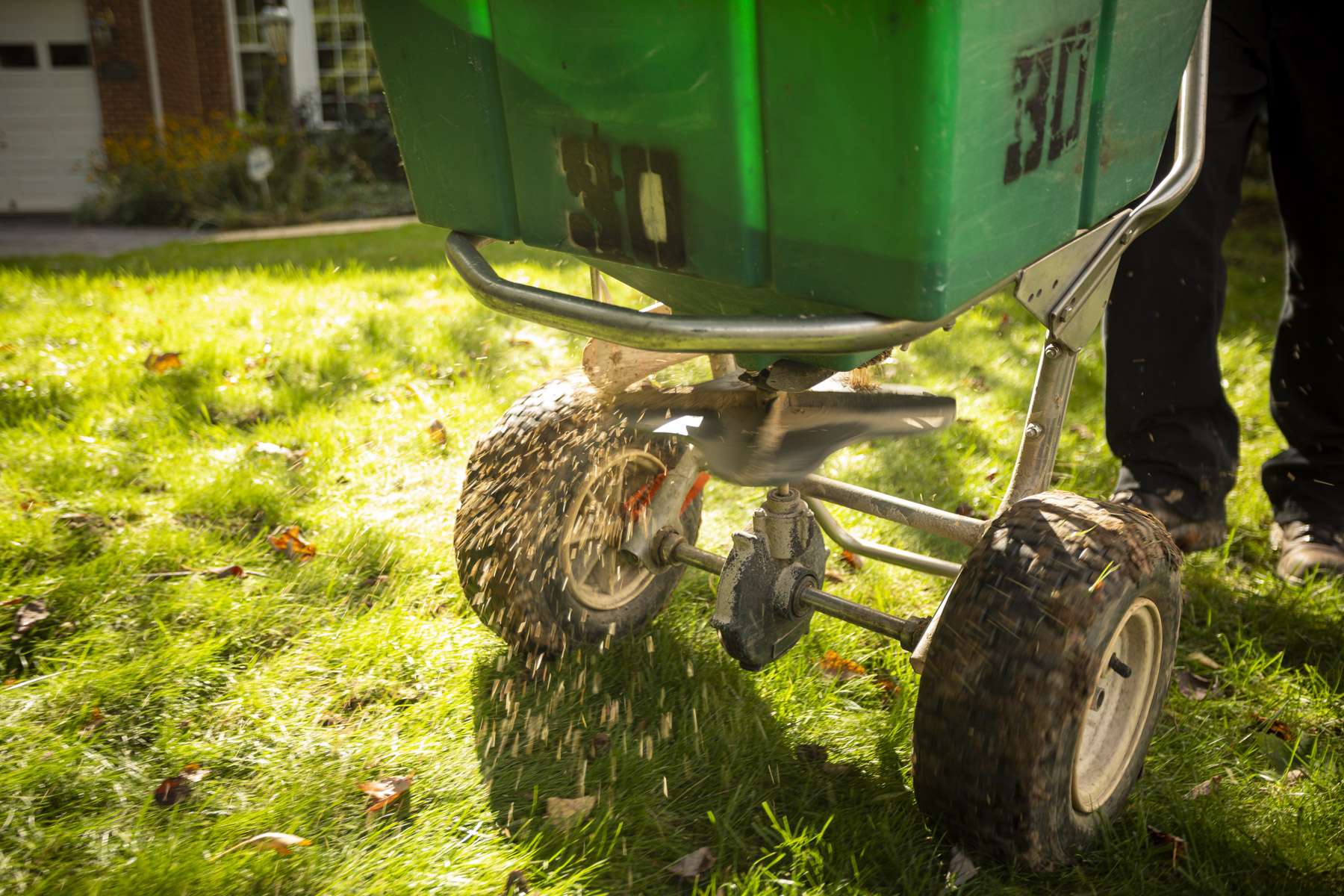
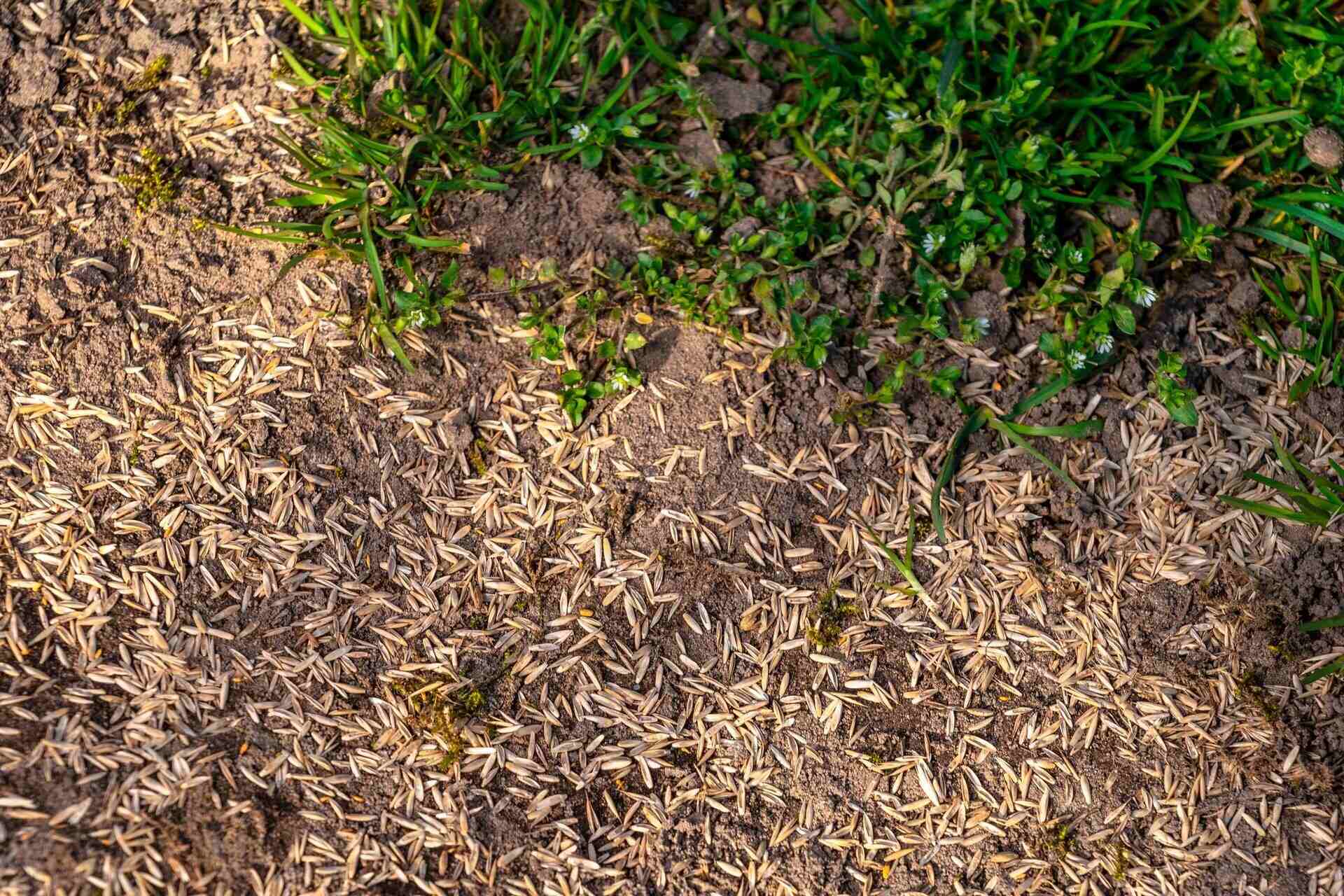

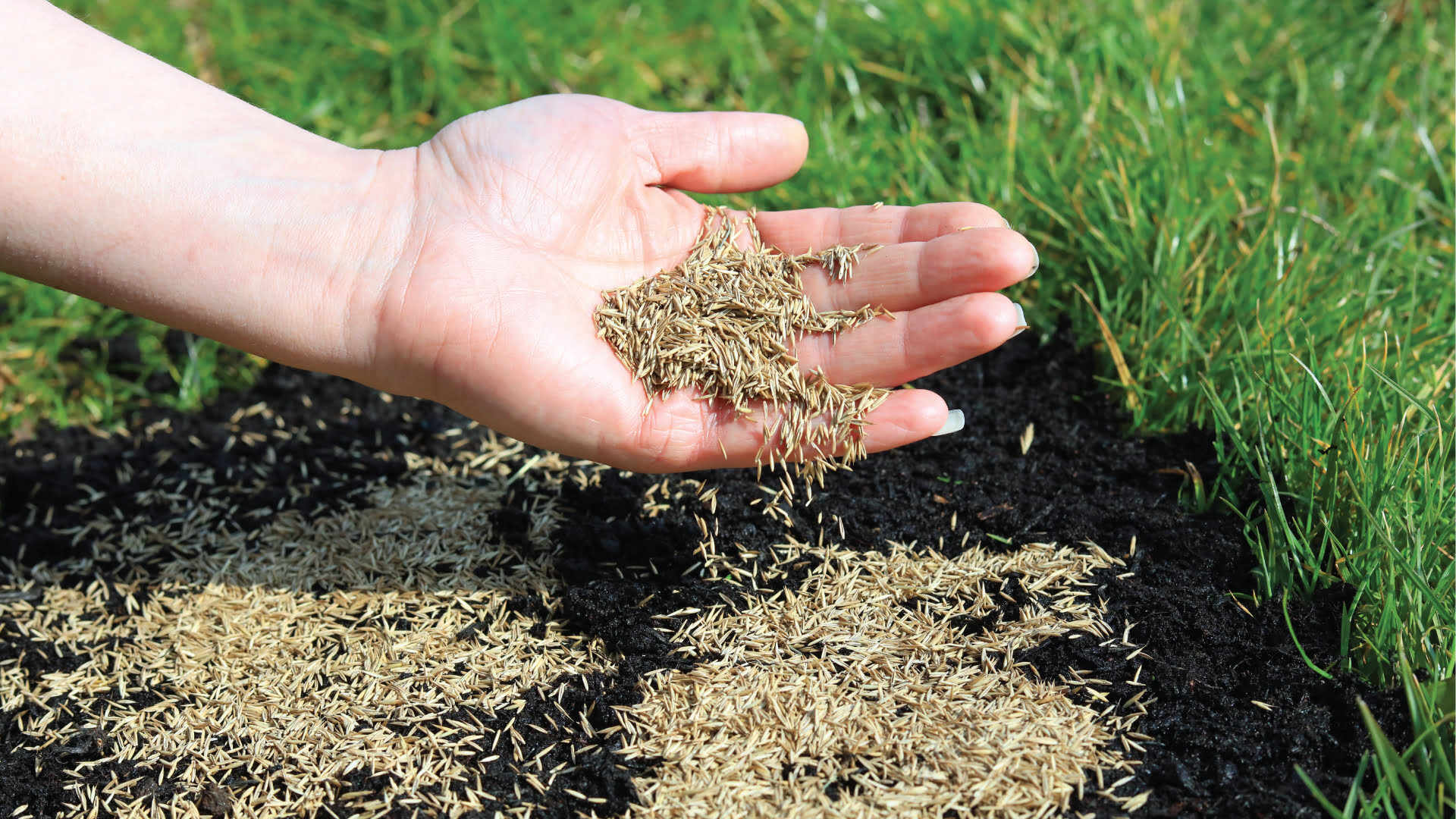
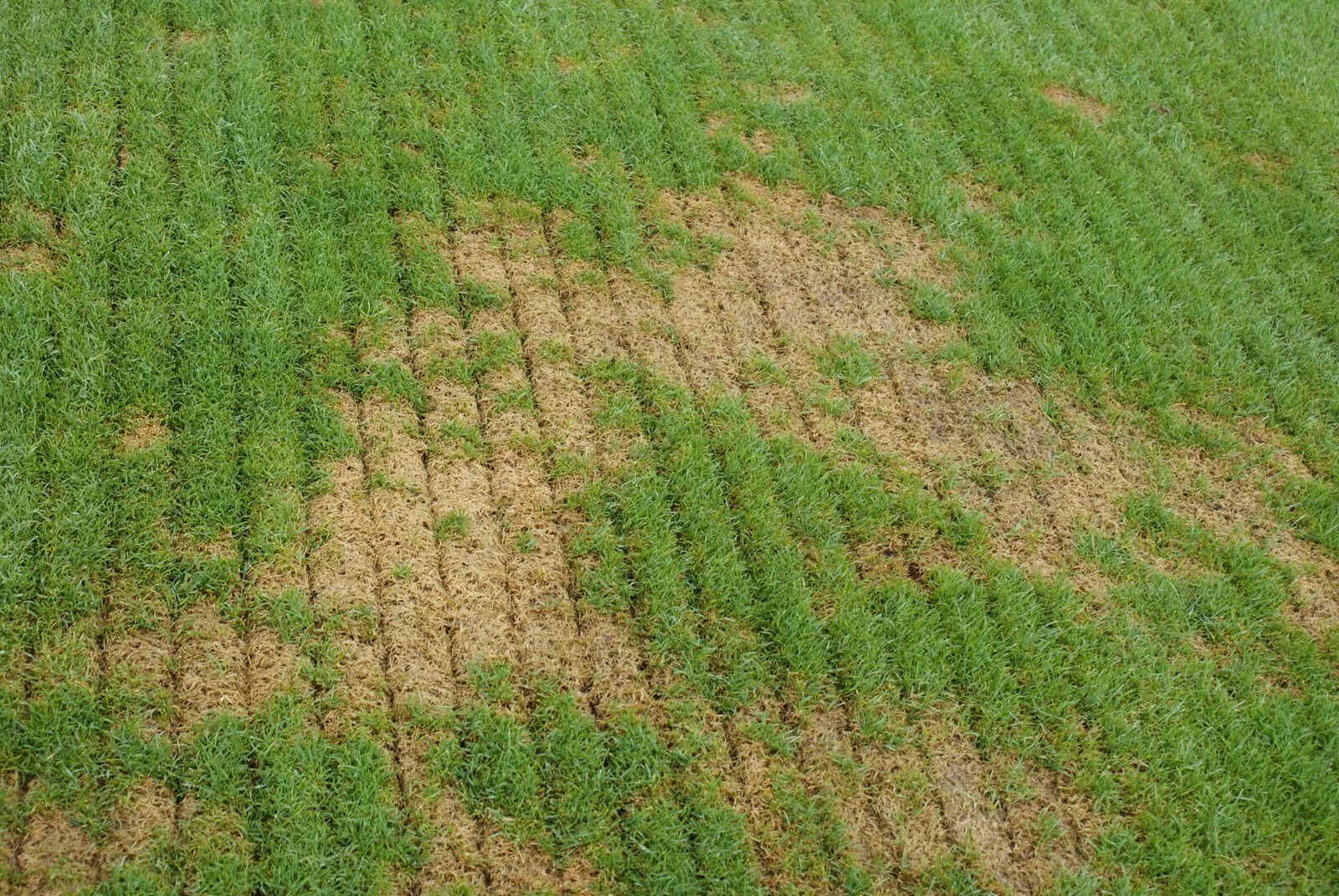
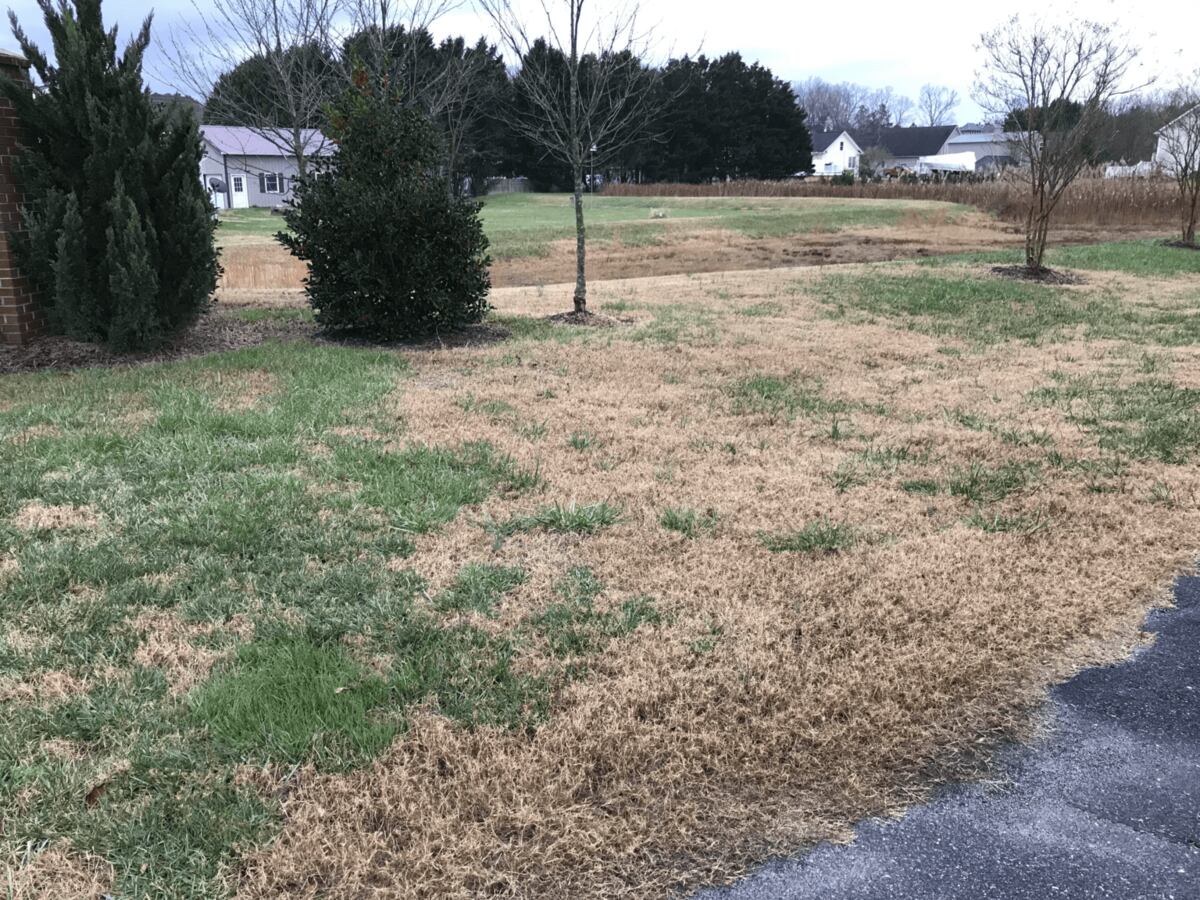


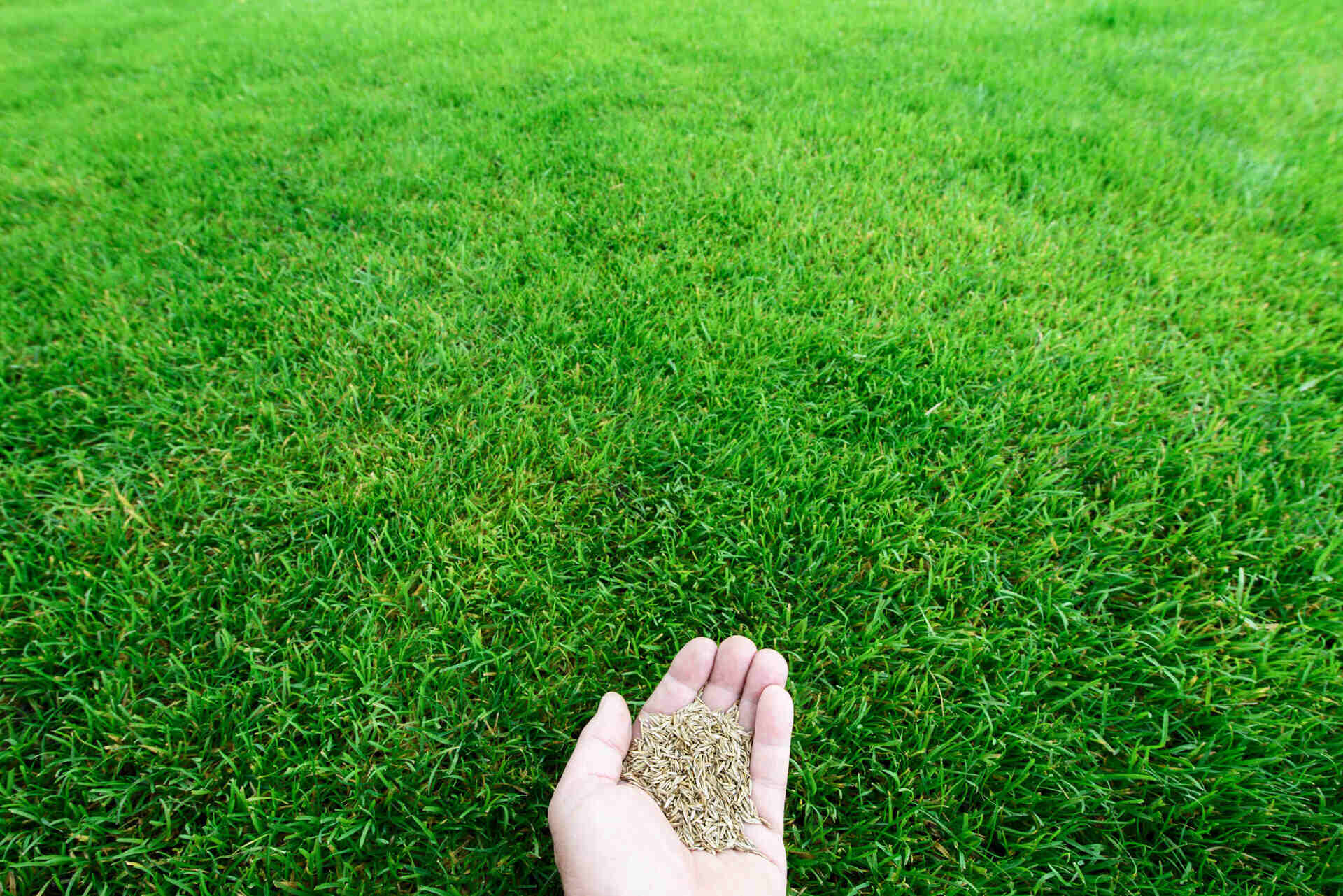

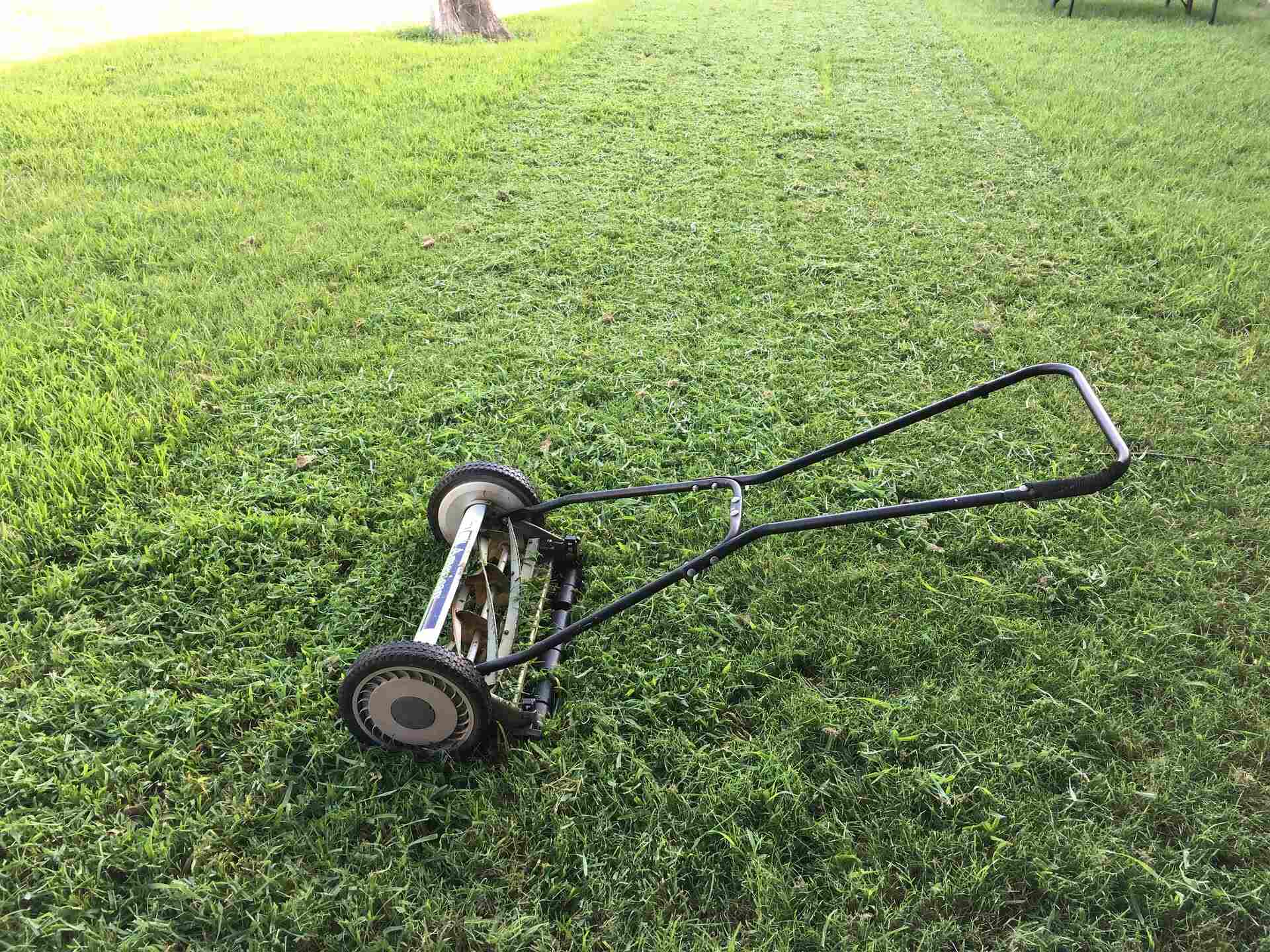

0 thoughts on “How To Dormant Seed A Lawn”